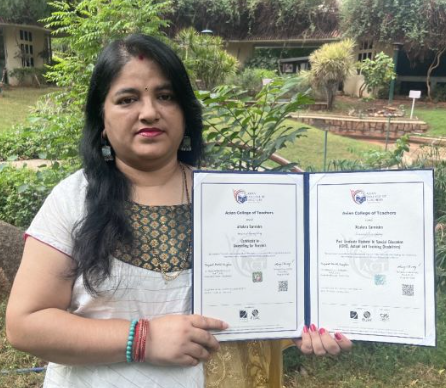ENERGY OPTIMIZATION IN WIRELESS SENSOR NETWORKS: TRENDS, TECHNIQUES, AND TRADE-OFFS
Abstract
Wireless Sensor Networks (WSNs) have emerged as a critical enabling technology in diverse application domains, including environmental monitoring, precision agriculture, smart cities, healthcare, military surveillance, and industrial automation. These networks consist of spatially distributed autonomous sensor nodes that cooperatively monitor physical or environmental conditions, such as temperature, humidity, vibration, or motion. Despite their versatility and potential, the large-scale deployment and sustained operation of WSNs are significantly constrained by limited energy resources. Sensor nodes are typically powered by small batteries and often deployed in remote or hostile environments where battery replacement or recharging is impractical or impossible. Consequently, energy efficiency has become a paramount design consideration in WSNs, directly influencing the network's operational lifetime, reliability, and scalability. This review paper presents a comprehensive and structured analysis of recent
trends, innovative techniques, and critical trade-offs in energy optimization for WSNs. It emphasizes the multifaceted nature of energy consumption, which occurs across various components of the sensor node—sensing, processing, communication, and idle periods—and explores how these components can be optimized individually and collectively. The paper systematically examines energy-saving strategies across different layers of the network protocol stack, including the physical layer (e.g., low-power radios, modulation schemes), the data link layer (e.g., MAC protocols, duty cycling), the network layer (e.g., energy-aware routing), and the application layer (e.g., data aggregation and compression techniques). Additionally, cross-layer optimization approaches and energy harvesting techniques are discussed as holistic methods for extending network lifetime. The paper also highlights the inherent trade-offs between energy efficiency and other performance metrics, such as latency, throughput, data fidelity, and network coverage. By evaluating the strengths and limitations of current energy optimization approaches, this review aims to identify open research challenges and suggest promising future directions. The ultimate goal is to support the design and deployment of more energy-efficient and sustainable WSNs capable of meeting the demands of next-generation smart environments.









